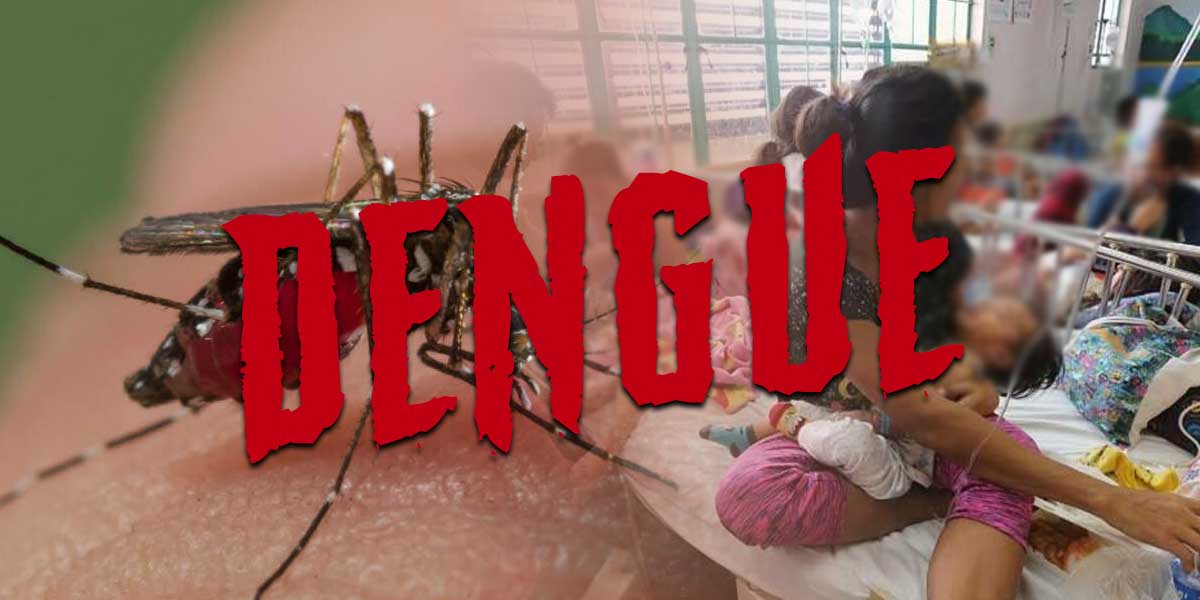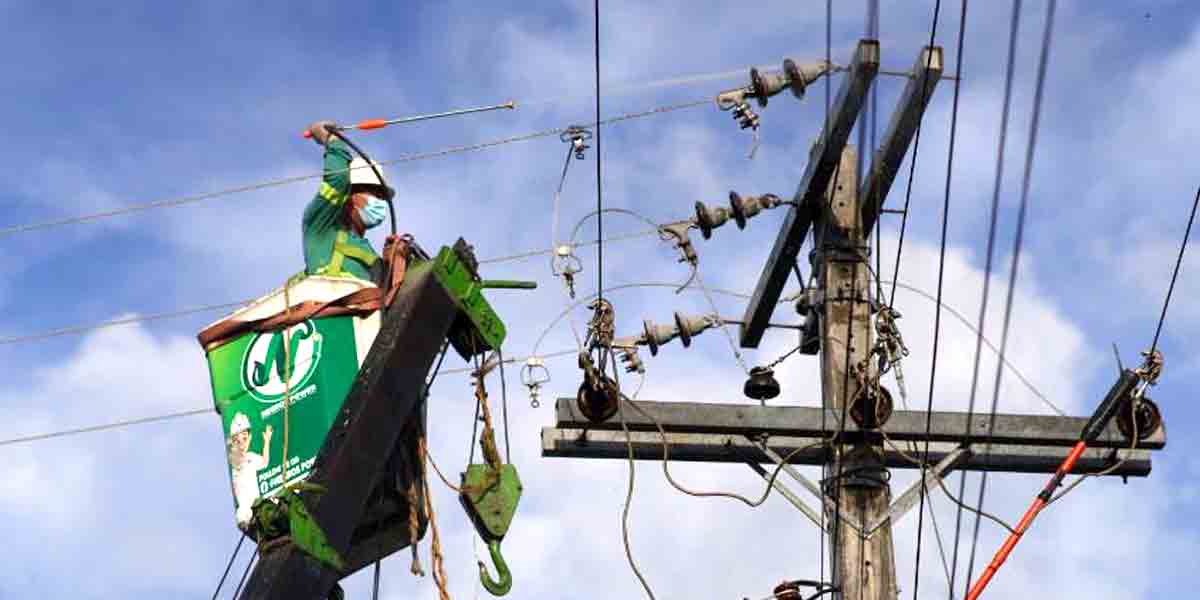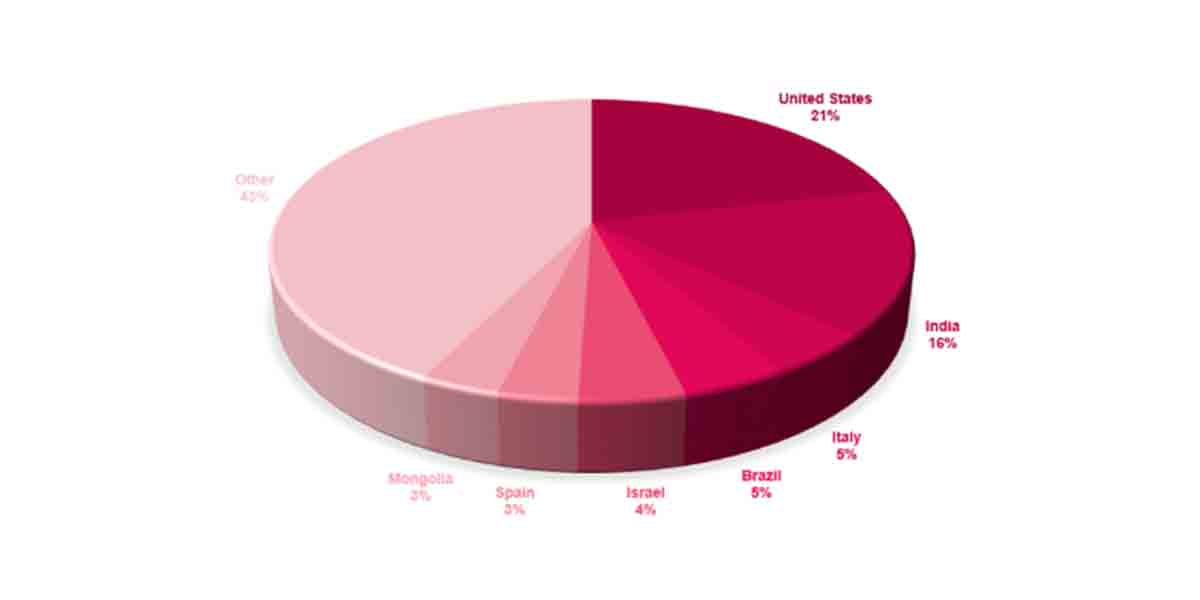
By Joseph Bernard A. Marzan
The Iloilo City government announced plans on Monday to replace trees and renovate plant boxes along Benigno Aquino Jr. Avenue, known as Diversion Road, one of the city’s main thoroughfares.
The initiative, spearheaded by Mayor Jerry Treñas and the General Services Office (GSO), aims to address the increasing temperatures and enhance the urban landscape.
Mayor Treñas said the replacement would include the royal palms and other species currently in the center islands and plant boxes, with native trees such as the Dita tree (Alstonia scholaris).
Landscape architect Paulo Alcazaren, who previously redesigned Diversion Avenue, supports this choice, along with experts Dr. Jurgenne Primavera, Dr. Resurreccion B. Sadaba, and retired prosecutor Jeremy Bionat.
The Dita tree, known locally as Bita, is chosen for its practicality and minimal root spread, preventing damage to concrete structures and controlling root overgrowth.
The tree’s species name ‘scholaris’ comes from the word ‘scholar’ due to its use to make blackboards in some Southeast Asian countries, hence its other nickname ‘Blackboard tree’.
It is also known as ‘Devil tree’ because of ancient Indian beliefs that the tree houses evil spirits, despite being the tree known where Siddhartha Gautama, now universally known as the Buddha, achieved enlightenment, and ‘milkwood tree’ because of its milky, bitter sap
Locally, it is also known as Bita, being the origin of barangay names in the Iloilo towns including Leon and Oton.
A 2023 published study by Cecilia Cordero, Ulrich Meve, and Grecebio Jonathan Alejandro also stated that its bark is also being used by residents in Mina town as herbal medicine for diarrhea through boiling it in water.
The dita tree was cited because it would avoid the buttressing of the concrete in the plant boxes, and prevent crowning or the uncontrollable spread and rise of the tree’s roots.
Neil Ravena, head of the GSO, noted that the Dita trees would initially be planted at a height of three feet once weather conditions are favorable.
He highlighted the critical temperatures on Diversion Road, which can reach up to 48 degrees Celsius, stating,
“Our rainfall is still below normal, which [means] it is not time for planting. This will not be a tree-planting activity but tree-growing. This is also to cool down the Diversion Road, because [it] is the highest of our heat index. The [general heat index] by the PAGASA in the city is between 42 and 43 [degrees Celsius], but [Diversion Road’s temperature] reaches up to 48 [degrees],” Ravena said.
Treñas suggested that the tree may also be planted in idle lands, including in subdivisions and other unused lands.
“We will connect with many sectors, [and] all subdivisions which we may plant trees on will be planted upon, [as well as] in barangays, relocation sites, schools, and other [places]. Climate change has become more intense. We just used to discuss that, but now, it’s different, so we’d have to do something about it,” the mayor said.
In addition to the Dita trees, the Pink Trumpet Trees currently lining the avenue, popular for their resemblance to Japanese cherry blossoms but criticized as invasive, will be replaced.
Bougainvillea will be introduced in some areas to withstand the extreme heat due to their low water requirements.
The city plans to plant 20,000 trees along Diversion Road and another 80,000 at Sunset Boulevard by the end of the year.
These efforts are part of a broader initiative to combat climate change and enhance green spaces throughout the city, as emphasized by Mayor Treñas, who also plans to extend tree planting to idle lands and subdivisions.
City Regulation Ordinance No. 2014-341 mandates the celebration of Arbor Day on the last Saturday of every July and encourages the planting of native or endemic trees by the community.
It was mentioned during the Monday press conference that around 10,000 trees were estimated to have been planted at Mandurriao district’s Calajunan village.
Ravena and Treñas also said that plant boxes along Diversion Road would be retrofitted to deepen the soil beds holding the plants there.





















